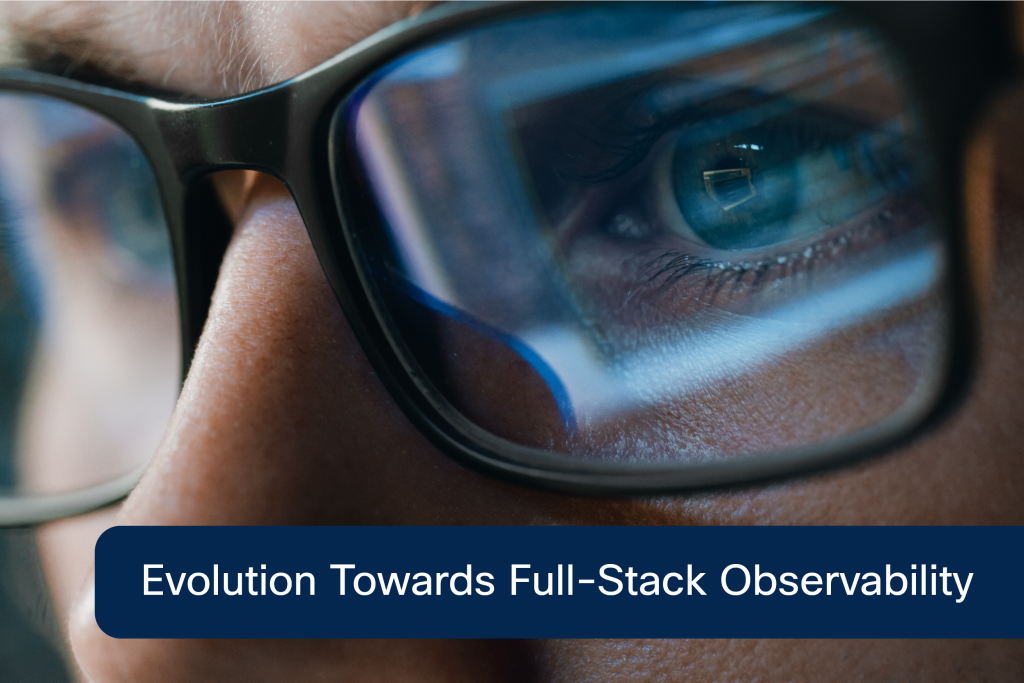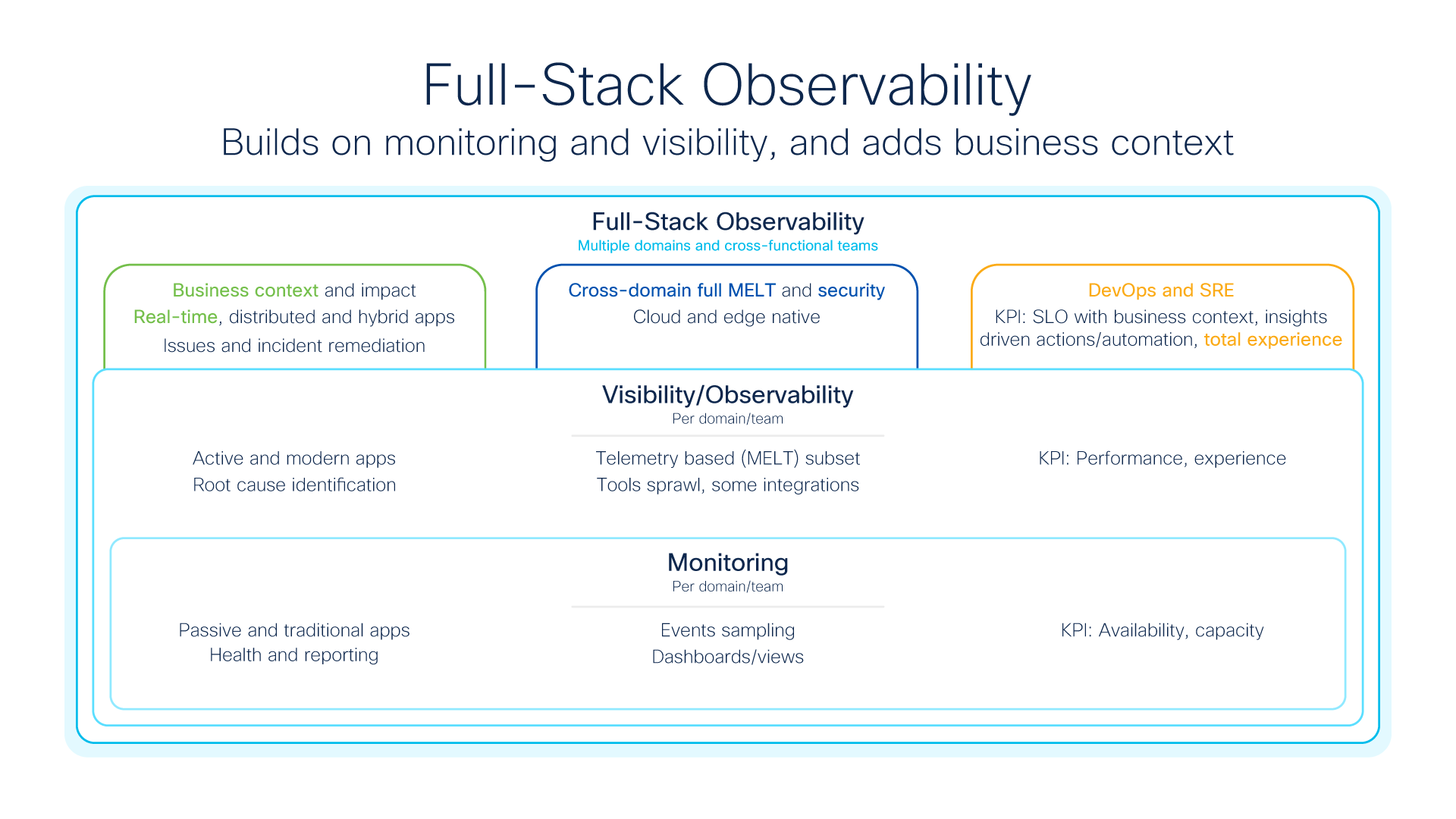- Learn with Cisco at Cisco Live 2025 in San Diego
- This Eufy robot vacuum has a built-in handheld vac - and just hit its lowest price
- I highly recommend this Lenovo laptop, and it's nearly 50% off
- Disney+ and Hulu now offer prizes, freebies, and other perks to keep you subscribed
- This new YouTube Shorts feature lets you circle to search videos more easily
Evolution towards Full-Stack Observability

Applications are the front door for virtually every business, and they are under pressure to accelerate their digital transformation projects. Flawless application experience is a top priority, and 84% report that the need to maintain the performance of business applications is now more important than ever.[i]
Modern Applications are complex
However, it is also more complicated than ever. Modern applications are built on top of microservices, running on cloud-native and hybrid cloud architectures, which are based on massively decentralized services, ultimately creating a complex and rapidly evolving environment. A small issue in one service can have a cumulative effect on the overall experience.
The information and experience required to operate these environments is scattered and siloed across different tools and teams. This reduces the ability to identify, prioritize, and effectively address the issues that are directly impacting the user experience and most likely the business and its brand and reputation.
Monitoring to Visibility to Full-Stack Observability
As applications are becoming more complex, the way we monitor and observe them should also change.
Earlier, we had monitoring – when each team had their own dashboard, which was built based on passive access of information, usually alerts and events that typically are built into the dashboard based on sampling. The main KPI that organizations were looking at was availability.
Then the industry evolved towards visibility – more active ingestion of Telemetry. In particular, the addition of metrics, events and logs, and root-cause analysis. But still each team or domain had their own tool. Performance was the main KPI for visibility.
Now industry is building on monitoring and visibility, into Full-Stack Observability. Business context is getting added to the conversation. In addition to metrics, events and logs, tracing is added for measuring the experience end-to-end for cloud-native applications. Security also comes to the forefront with FSO. But the most important change we are seeing is the market today is the ability to do full-stack observability across multiple domains and multiple teams because traditional monitoring and/or silo visibility does not work in a world that is driven by hybrid or cloud-native deployments. Full-Stack Observability provides business context with availability and performance so that you can monitor the experience.
References
[i] Cisco AppDynamics Agents of Transformation Report 2022
Share:


